Competition in the SaaS industry is increasing day by day, and one thing that is vital in the SaaS industry is customer retention. Because there are so many options available, it is important for the sustainable growth of the company to keep your existing customers happy and renew their subscriptions.
According to a report, SaaS startups can see churn rates as high as 60%, meaning a significant portion of customers do not renew. Therefore, it is highly necessary to implement effective renewal management strategies.
This blog describes the best practices in 2024 that can help you turn your SaaS customers into loyal advocates. But before that, let’s discuss in detail what SaaS renewal management means.
What is SaaS Renewal Management?
SaaS renewal management is the process of overseeing the continuation, cancellation, or negotiation of subscriptions to SaaS products. It includes aspects such as tracking and centralizing contract details, proactive communication, optimizing spend and ensuring compliance, etc.
With the help of effective SaaS renewal management practices, businesses can maximize customer retention for SaaS providers and ensure they are getting the most out of their software subscriptions.
Best Practices for SaaS Renewal Management
Businesses, nowadays, rely heavily on SaaS solutions to power their operations. With this comes the importance of renewal management. Here are some top practices that can help boost value for both your organization and your customers.
1. Standardize your SaaS Subscription Renewal Process
The absence of a standardized renewal process can lead to inconsistencies, and SaaS providers can easily start to miss deadlines. Without clear guidelines, renewals might be handled differently across teams.
Therefore, it is essential for SaaS providers to establish a standardized renewal process that outlines steps and timelines effectively. Define clear procedures for renewal evaluation and execution to ensure consistency and accountability throughout the renewal lifecycle.
Companies may create templates, workflows, charts, and documentation to guide teams through each phase.
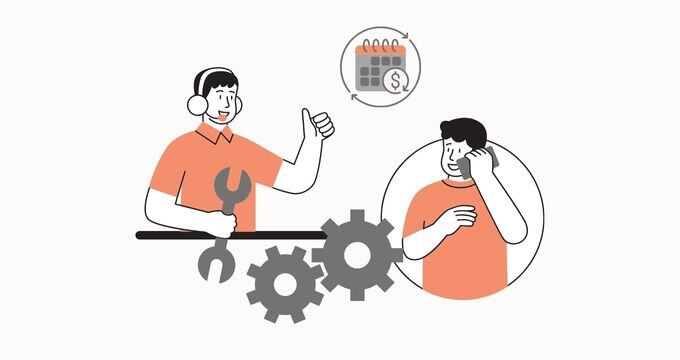
2. Prepare your Customers to Succeed
Inadequate preparation or communication can leave customers ill-prepared to make informed decisions. Without proper guidance, it is plausible for customers to overlook valuable features and experience technical challenges, which might result in them switching to alternative solutions altogether.
To combat this, SaaS providers should proactively engage and educate their customers throughout their subscription lifecycle. They can do this by providing timely updates, onboarding process, and personalized support help. Through this, customers can now maximize the value of their SaaS investment. This also helps in creating better and stronger relationships and drives long-term satisfaction.
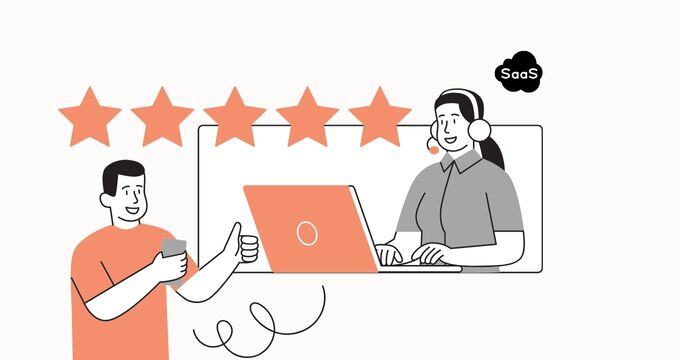
3. Detect Churn Before it Happens
Churn means the loss of customers, and it can greatly impact SaaS renewal rates and revenue streams. This results in losing valuable customers to competitors. However, it is important to note that identifying potential churn indicators in advance can be difficult without the right tools.
Use data analytics and predictive modeling techniques to identify early signs of churn. Analyze user behavior and engagement metrics to address underlying issues and prevent customer loss before it happens. Moreover, implement customer outreach programs and retention strategies to foster customer loyalty over time.

4. Perform Research 90 Days in Advance
When renewal research is delayed, it can lead to last-minute scrambling and rushed decisions. Without sufficient lead time, SaaS providers may struggle to evaluate alternative solutions and implement the necessary changes before the deadline.
Organizations need to initiate renewal research at least 90 days in advance of expiration dates. This will allow enough time to evaluate current usage, assess satisfaction levels, explore alternative options, negotiate terms with suppliers, and eventually, mitigate risks. All of this will finally lead to a seamless transition to the next subscription term.

5. Acknowledge the Renewal 60 Days Prior
Failure to acknowledge upcoming renewals can lead to overlooked opportunities and missed deadlines. If deadlines are missed, the relationship with customers can be strained. Additionally, if renewals are not acknowledged earlier, SaaS-providing organizations might fail to address potential issues before expiration.
SaaS providers should acknowledge upcoming renewals at least 60 days prior to expiration dates. This could be done through reminders and notifications to customers to take timely action. SaaS companies can foster optimistic relationships and streamline the renewal process for all parties associated.
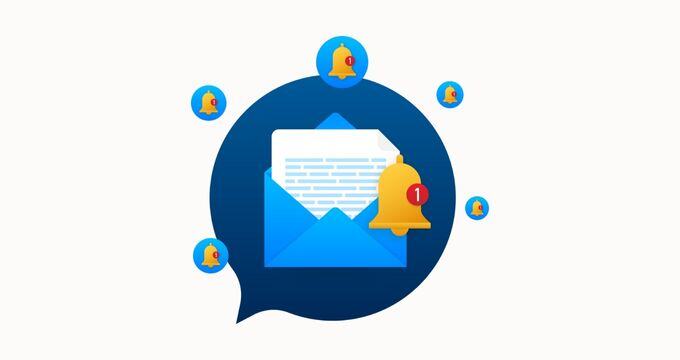
6. Define Ownership for Each SaaS Subscription
If the organization is ambiguous regarding ownership responsibilities, it can cause confusion and inefficiencies in managing SaaS subscriptions. Unclear ownership assignments can lead to critical tasks like renewal tracking falling through the cracks and constitute overall disruption.
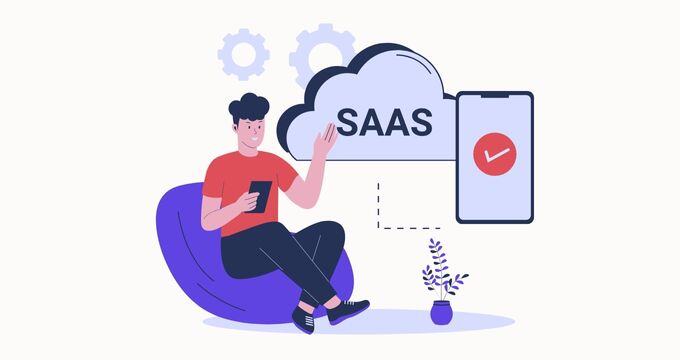
7. Check Renewal Terms in Software Contracts
Overlooking renewal terms in software contracts can result in unexpected changes in prices and terms during negotiations. Neglecting a thorough review can lead to organizations facing challenges in addressing discrepancies before renewal deadlines.
Conduct a comprehensive review of renewal terms and conditions that are outlined in software contracts well in advance of renewal dates. Analyze pricing structures and termination clauses, renewal options, and any other provisions that may impact decisions. This will help minimize risks.

8. Build a Long-Term Calendar for SaaS Renewals
It can be time-consuming and complex to manage multiple SaaS renewals across different subscriptions without proper planning. If you are not building a centralized calendar or a tracking system, you might struggle to stay ahead of deadlines and face missed opportunities.
To manage this, establish a long-term calendar to centralize and manage all SaaS renewals. You can do this by creating a comprehensive timeline that maps out renewal dates and key milestones for each subscription throughout its lifecycle. This way, SaaS providers can allocate resources effectively and ensure the timely execution of activities.
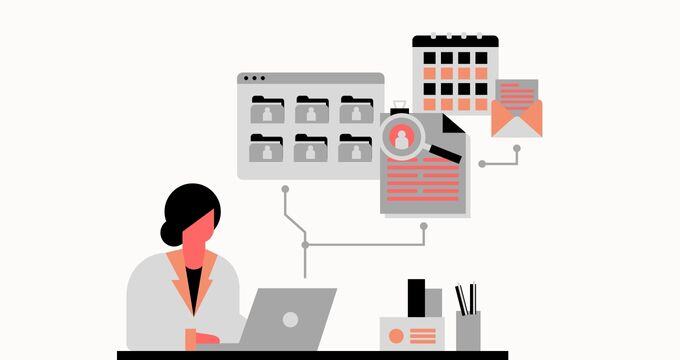
9. Create a SaaS Renewal Strategy
In the case that there is no cohesive renewal strategy in place, SaaS providers may lack the direction and focus that is needed to manage SaaS renewals. Organizations may struggle to optimize renewal rates or drive continuous improvement in renewal management practices.
Develop a SaaS renewal strategy that aligns with overarching business goals and market dynamics. You can achieve this by defining clear objectives and outlining actionable tactics to drive renewal success. Furthermore, SaaS providers should establish key performance indicators (KPIs) to track and measure the effectiveness of strategies over time.
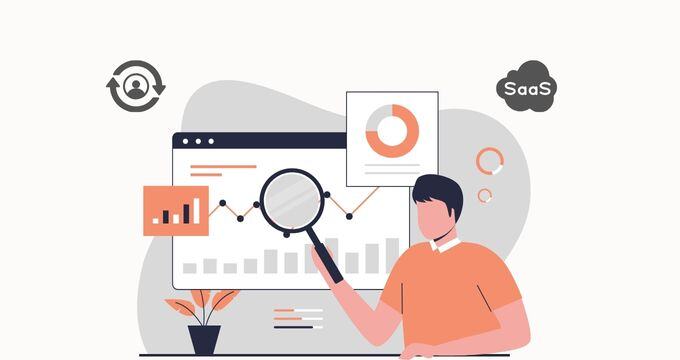
Conclusion
SaaS renewal management is essential for SaaS providers to retain their loyal customers. By implementing effective SaaS renewal management practices, businesses can maximize customer retention and their MRR metrics.


